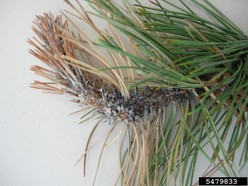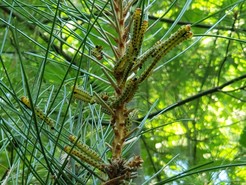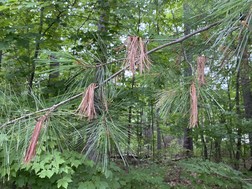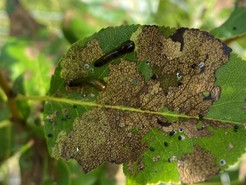|
|||||||||||||||||||
|
|||||||||||||||||||
|
|||||||||||||||||||
|
You may also like
-
DNR Seeking Landowners To Host Fall Gun Deer Hunt For Hunters With Disabilities
-
Find Your Next Outdoor Adventure In Wisconsin During Free Fun Weekend, June 7-8
-
2025 Spring Hearing Statewide Results Now Available
-
DNR Announces Milkweed As 2025 Plant Species Of The Year
-
High Numbers For 2024 Lake Michigan Fish Harvest







